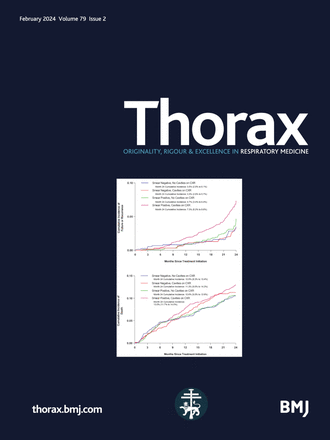Role of lopinavir/ritonavir in the treatment of SARS: initial virological and clinical findings.
Abstract
Background: The clinical response of patients with severe acute respiratory syndrome (SARS) to a combination of lopinavir/ritonavir and ribavirin was examined after establishing the in vitro antiviral susceptibility of the SARS associated coronavirus to a panel of antiviral agents.
Methods: The in vitro susceptibility of the prototype of SARS associated coronavirus to a panel of nucleoside analogues and protease inhibitors currently licensed for clinical use was studied. Forty one patients with SARS followed for 3 weeks were treated with a combination of lopinavir/ritonavir and ribavirin. The clinical progress and virological outcomes were monitored and compared with 111 patients treated with ribavirin only who served as historical controls.
Results: In vitro antiviral activity against SARS associated coronavirus was demonstrated for lopinavir and ribavirin at concentrations of 4 micro g/ml and 50 micro g/ml, respectively, only at 48 hours. The adverse clinical outcome (ARDS or death) was significantly lower in the treatment group than in the historical controls (2.4% v 28.8%, p<0.001) at day 21 after the onset of symptoms. The adverse outcome remained significantly lower in the treatment group than in the controls-both those diagnosed early (p<0.001) and those diagnosed later in the course of the epidemic (p = 0.002)-but there was no significant difference in adverse outcome rates between the two time periods (p = 0.548). No time related difference in outcome was observed in the control groups. A reduction in steroid usage and nosocomial infections was seen in patients initially treated with lopinavir/ritonavir, and these patients had a decreasing viral load and rising peripheral lymphocyte count. Multivariate analysis showed that age, hepatitis B carrier status, and lack of treatment with this antiviral combination were independent predictors of an adverse outcome. Lopinavir/ritonavir treatment was associated with a better outcome even when adjusted for baseline lactate dehydrogenase level.
Conclusions: The apparent favourable clinical response with lopinavir/ritonavir and ribavirin supports further randomised placebo controlled trials in patients with SARS.





